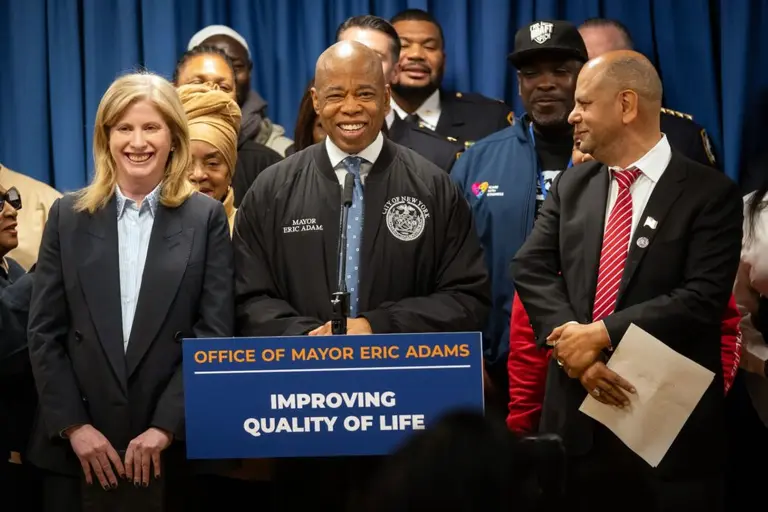Developers Rush to Break Ground and Add Affordable Housing Before Tax Incentives End

Image via Pexels
It would be nice to think that developers added affordable housing to their projects out of the goodness of their hearts, but it probably has more to do with the construction bonuses and tax incentives afforded for up to 25 years to developers when they reserve at least 20 percent of a building’s units for poor and moderate-income tenants.
But this real estate tax break, known as the 421a abatement, is set to expire on June 15, lighting a fire under developers to break ground on new projects. The concern, though, is that some development sites receive 421a benefits as of right (meaning solely for putting up a new building), while others are required to include affordable housing. The difference is based on geographic location. For example, Manhattan between 14th and 96th Streets and the waterfronts of Brooklyn and Queens must include affordable housing. According to Crain’s, some housing advocates “want projects to get abatements only if they create affordable units—which are priced for renters who earn 60 percent or less of the area’s median income.”
The tax break was first implemented in 1971, when people were fleeing to the suburbs, to encourage developers to build. It has gone through several iterations since then, but now developers are concerned that the minimum percentage of affordable housing required for 421a benefits will rise to 25 or 30%. This would change the “economics of rental development deals,” since with land and construction prices rising, many developers say they’re only able to make it work with the tax abatements. But opponents feel differently. Maritza Silver-Farrell of the housing coalition Real Affordability for All, told the New York Times: “It’s time for 421-a to go away. We are being forced to subsidize luxury developers who build apartments the vast majority of New York City residents cannot ever afford.”
Of course, the debate fits closely with Mayor Bill de Blasio’s plan to add 200,000 units of affordable housing over 10 years, 80,000 of which will be new construction. His administration will unveil its own proposal for 421a, along with rent regulations and other housing programs, in the coming weeks; it is expected to carefully toe the line between the desires of housing advocates and the real estate industry.
The New York Times reports: “According to city records, about 150,000 apartments got the 421-a tax exemptions in the fiscal year 2013, at a cost of $1.06 billion in forgiven taxes. The tax abatement, which starts with a steep, 95 percent discount on property taxes, slowly decreases over time until the tax hits full rate.” But only 12,748 of these 150,000 apartments were affordable. Just at look at the $100.5 million sale at One57, which received the abatement.
In areas where affordable housing isn’t necessary to receive the abatement, many argue that it unfairly skews the real estate economy of the neighborhood and leads to gentrification. It’s expected that de Blasio’s revision of the plan will change this, offering 421a benefits only to those developers who include affordable housing. It will also likely stipulate that these units remain affordable in perpetuity, not just the 10 or 20 years required currently.
[Related: City Exceeds 2014 Affordable Housing Goals, but Few Apartments Are Below 96th Street]
[Related: Mythbusters: Shedding Light on 80/20 Affordable Housing and ‘Poor Doors’]


























